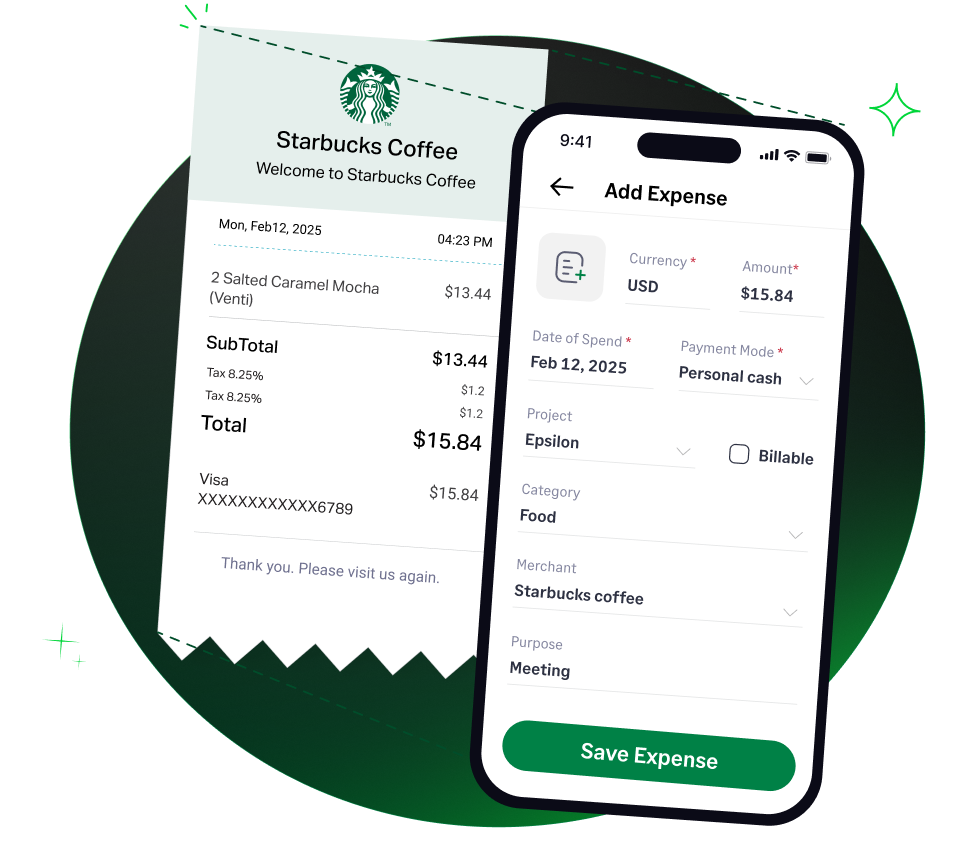✨ Exciting news: Fyle is now part of the Sage family! Learn more in our press announcement >
 4.6/51670+ reviews
4.6/51670+ reviewsAs remote work becomes a business standard, many companies offer stipends or allowances to help employees cover the costs of their home office, including internet, supplies, and furniture. While these stipends are a deductible business expense for the employer, their tax treatment is one of the most frequently misunderstood areas of payroll and expense management.
The way a stipend is categorized and taxed depends entirely on the structure of the reimbursement plan. The IRS draws a critical distinction between accountable plans and nonaccountable plans. This guide will clarify how to classify remote work stipends to ensure your business and your employees remain compliant.
There is no single expense category for a remote work stipend. Its classification depends entirely on your reimbursement arrangement.
The most critical factor is whether your stipend or reimbursement arrangement qualifies as an accountable plan under IRS rules.
According to IRS Publication 463 and the rules on reimbursements, an accountable plan must meet all three of the following tests:
If an arrangement fails any one of these three tests, it is a nonaccountable plan. A typical fixed remote work stipend, where no receipts are required, fails the substantiation and return-of-excess tests. Therefore, it is a nonaccountable plan by default, and the payments must be treated as wages.
The plan type directly affects your employees' taxes:
The tax reporting for the employer depends entirely on the plan structure.
For a sole proprietor filing a Schedule C (Form 1040):
You must maintain records to justify your classification.
Sage Expense Management helps you manage either an accountable reimbursement plan or track stipend payments, ensuring all costs are documented and compliant.




